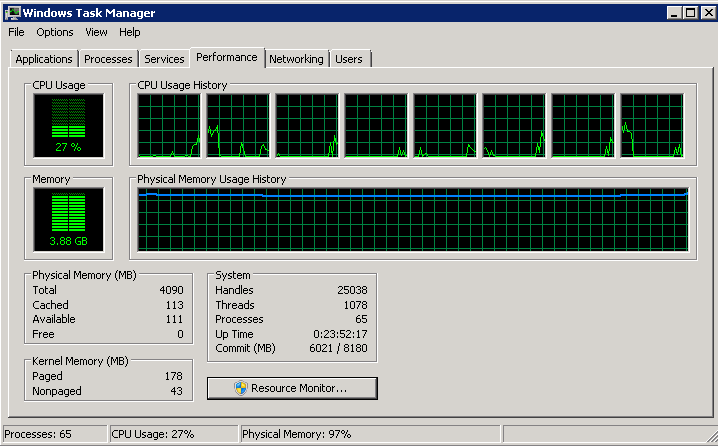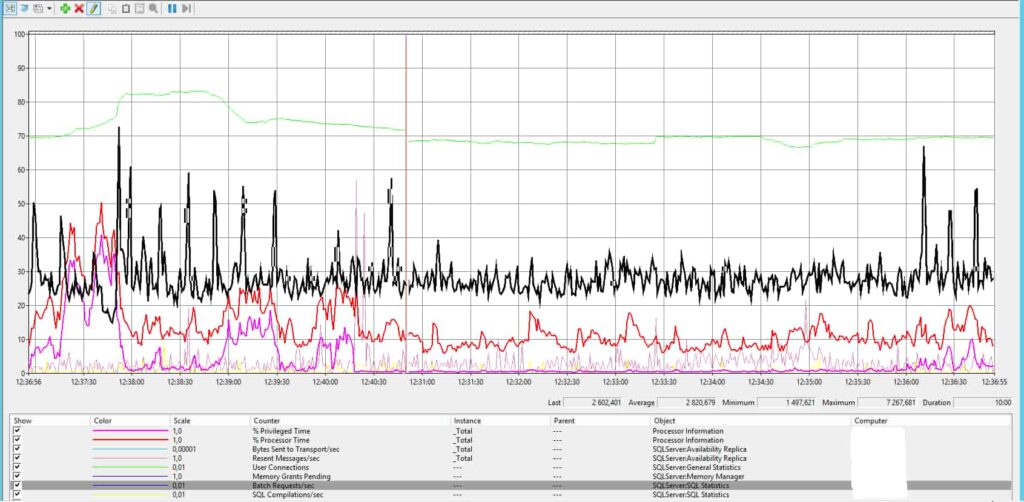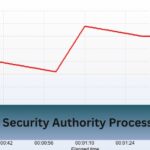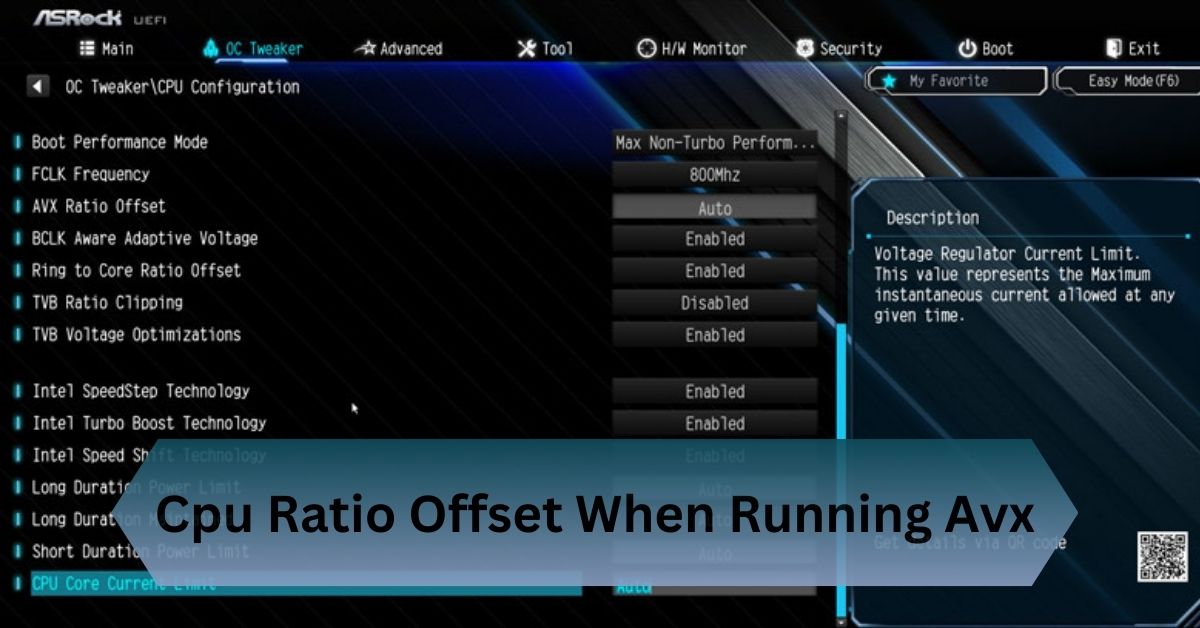In the world of IT, keeping your systems running smoothly is crucial. One of the key metrics to keep an eye on is CPU usage, especially when it comes to “privileged time.” If you’ve noticed that your CPU’s privileged time is unusually high, don’t worry
High CPU privileged time in Zabbix means excessive CPU usage by kernel processes, often due to driver issues, frequent system calls, or heavy I/O operations.
Optimized CPU Privileged Time with the help of the below guide.
Table of Contents
What Is CPU Privileged Time?
CPU privileged time refers to the amount of time the CPU spends executing tasks that involve the operating system’s core functions rather than user applications. This includes activities like managing hardware, handling system calls, and performing other essential background operations.

Think of it as the CPU’s time spent running the “behind-the-scenes” tasks that keep your system running smoothly. While some privileged time is normal, excessive privileged time can indicate issues such as inefficient drivers or heavy system loads, which might affect overall system performance.
Common Causes of High Privileged Time
Intensive I/O Operations:
When your system is doing a lot of input and output tasks, like reading from or writing to the disk or handling heavy network traffic, it increases the CPU’s work in the background. This can cause more CPU time to be spent on managing these tasks, leading to higher privileged time.
Driver Issues:
Device drivers are small programs that help your computer communicate with hardware components like printers or graphics cards. If these drivers are faulty, outdated, or not well-written, they can cause the CPU to spend too much time handling kernel-level operations, increasing privileged time.
Kernel Bugs:
The kernel is the core part of your operating system that manages hardware and system resources. Sometimes, bugs or inefficiencies in the kernel can make it use more CPU resources than necessary, leading to higher privileged time.
Frequent System Calls:
Applications need to interact with the operating system for various tasks. If an application makes a lot of system calls or does so inefficiently, it forces the CPU to spend more time on these interactions. This can increase the CPU’s privileged time and affect overall system performance.
Read Also: Fatal Glibc Error: Cpu Does Not Support X86-64-V2 – Understanding And Resolving!
Why Should You Care About High Privileged Time?
- Slower Performance: When your CPU spends too much time on background tasks, your applications may run slower, and the system might feel less responsive.
- Wasted Resources: If the CPU is tied up with too many system tasks, it can lead to inefficient use of resources, making the system less efficient overall.
- Potential Problems: High privileged time can signal deeper issues like faulty drivers or bugs in the operating system. These problems might cause more serious issues if not fixed.
- Increased Delay: With the CPU focusing on background operations, there’s less power left for running your apps. This can lead to increased delays and slower performance for important tasks.
Monitoring High Privileged Time with Zabbix
Zabbix is a great tool for keeping tabs on your system’s performance. Here’s how you can use it to monitor CPU-privileged time:
1. Setting Up Zabbix:
First things first: make sure Zabbix is up and running. This involves installing the Zabbix server, setting up the Zabbix agent on your machines, and configuring the necessary templates and items.
2. Configuring CPU Monitoring:
- Create a New Item: Go to the Zabbix web interface and head to Configuration > Hosts. Choose the host you want to monitor and click on “Items,” then “Create item.”
- Define the Metric: Set up the item to track CPU privileged time. For Linux systems, you can use the system. cpu.util[,privileged] key. This will show you the percentage of time the CPU spends in privileged mode.
- Set Up Triggers: Configure triggers to alert you when privileged time goes beyond a certain threshold. For example, you might want an alert if CPU privileged time stays above 80% for too long.
- Create Graphs: Visual representations can help you understand trends and spikes in privileged time. Create graphs in Zabbix to see how CPU usage changes over time.
3. Setting Up Alerts:
Alerts are your early warning system. Set them up to notify you via email, SMS, or other channels if CPU privileged time is running high. This way, you can tackle issues before they impact your system’s performance.
Fixing High Privileged Time

Optimize System Configurations:
Review and adjust system settings to reduce unnecessary background processing. Fine-tuning configurations related to input/output operations and network activity can help lower privileged time.
Update Drivers and Kernel:
Ensure that all device drivers and the operating system kernel are up-to-date. Updating these components can fix bugs and improve efficiency, reducing the time the CPU spends on privileged tasks.
Improve Application Efficiency:
Optimize applications to minimize their impact on system calls and background processing. Efficiently designed applications reduce the CPU’s workload, lowering privileged time.
Regular Monitoring:
Use monitoring tools like Zabbix to keep track of CPU usage and privileged time. Regular checks help you detect and address issues early, ensuring your system stays efficient.
Frequently Asked Questions:
1. What CPU time is too high?
CPU time is considered too high if privileged time consistently exceeds 70-80% of total CPU usage. This level may indicate potential performance issues or system inefficiencies.
2. What is too high for CPU queue length?
A CPU queue length is considered too high if it consistently exceeds 2-3 times the number of CPU cores. This indicates that the CPU is overloaded and may be struggling to keep up with the processing demands.
3. Can high CPU privileged time affect virtual machines differently than physical servers?
Yes, virtual machines might experience higher privileged time due to the overhead of virtualization. Resource sharing and management by the hypervisor can contribute to increased CPU time in privileged mode.
4. How can I optimize I/O operations to reduce CPU privileged time?
Consider using faster storage solutions like SSDs, optimizing disk access patterns, and configuring proper caching strategies. Reducing the frequency and intensity of I/O operations can help lower privileged time.
5. What are the implications of high CPU privileged time on server scalability?
High privileged time can limit the scalability of your server by reducing its ability to handle additional workloads efficiently. Addressing the root cause helps ensure your server can scale effectively and maintain performance.
Conclusion:
High CPU privileged time in Zabbix indicates that the CPU is spending too much time on kernel processes, often due to problematic drivers, frequent system calls, or intense I/O operations. To address this, check and update drivers, optimize system configurations, and monitor I/O performance to reduce excessive privileged time.
Read Also:










